Today, in the ever evolving and growing digital environment, online transactions have become the way of life which shows transition from classrooms to clicks. Everyday activities like paying bills, shopping, doing money transfers and accessing government services, are done online. Online transactions have made life very easy for humans. So, it is important to teach safe online transactions through a proper e-learning process.
But with this ease come risks like cyber frauds, phishing, and data theft. Not only the rural regions, but even urban regions are vulnerable to data theft and cyber frauds. E learning is a powerful tool that offers education in data literacy to conduct safe online transactions and bridges the gap between digital access and digital confidence.
The Shift from Traditional Learning to E-Learning
The traditional classroom trainings didn’t have a reach to educate remote audiences. E learning platforms has made up for this deficit by offering interactive, personalised and anytime – anywhere accessible content on any smart device to educate audiences.
The shift from passive learning to active participation has proven especially effective in helping audiences retain and apply digital safety concepts.
Building Digital Confidence Through Practice, Gamification and Storytelling
Interactive e learning platforms not only educate users but allow the users to practice the learnings. Further, with the micro-learning content, users quickly absorb key sentences like “never share your PIN,” or “always verify the recipient before transferring money.” These bite-sized modules delivered through mobile friendly formats, are impactful and engaging and get retained by the users.
Gamification is one of the most effective method of e-learning for teaching safe digital behaviour. By incorporating elements like rewards, points, and levels, learners are motivated to complete lessons and remember key safety practices. This approach makes a serious topic both engaging and memorable.
Storytelling offers learning experience through narrations of real-life stories of people who faced online scams and how they came out of the situation. It creates an emotional connection and stronger retention and helps the learners understand the importance of safe practices.
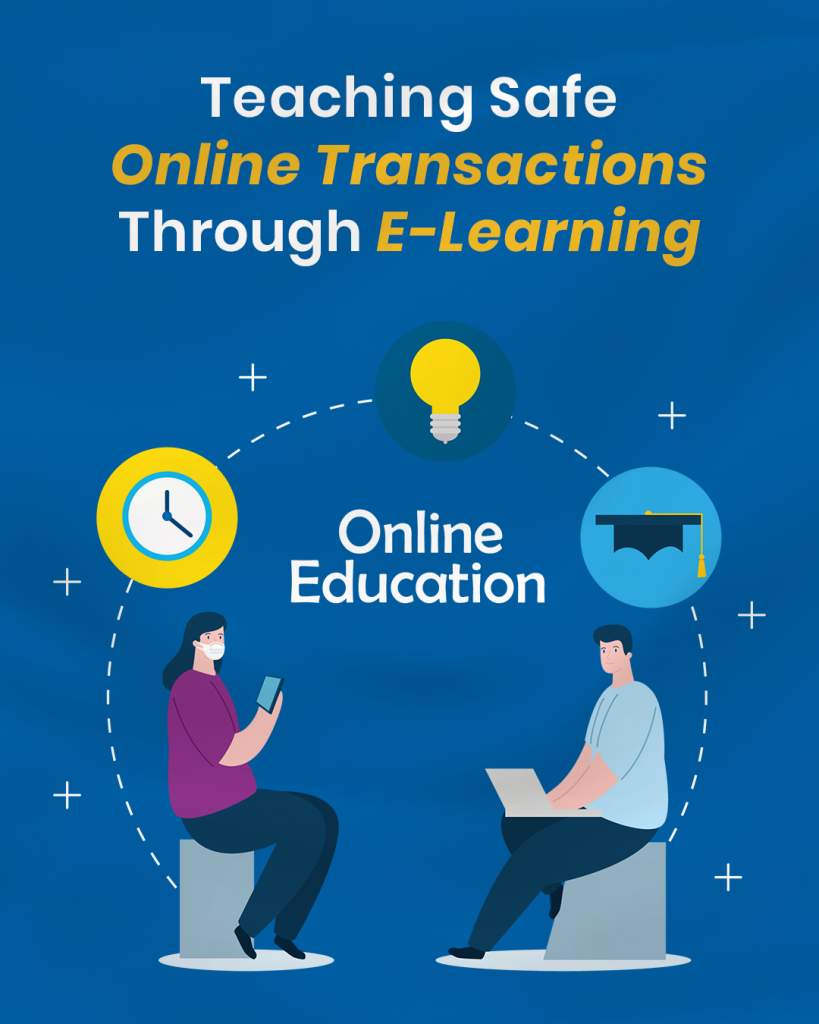
The Reach
In India the online population is growing by the day. May are first time internet users. For them, understanding safe online practices is essential to prevent exploitation. E-learning platforms can reach these learners via smartphones at their remote locations, in their local languages and through audio-visual content suited for low-literacy groups. Courses can be offered even through offline apps that don’t require continuous internet connectivity.
Empowering Every Click with Knowledge
E-learning converts hesitant users into confident digital citizens. From classrooms to clicks, the journey to teach safe online transactions is no longer limited by geography or access. E learning can ensure that every user, no matter where they live or from where they learn, can navigate the digital world securely and smartly.

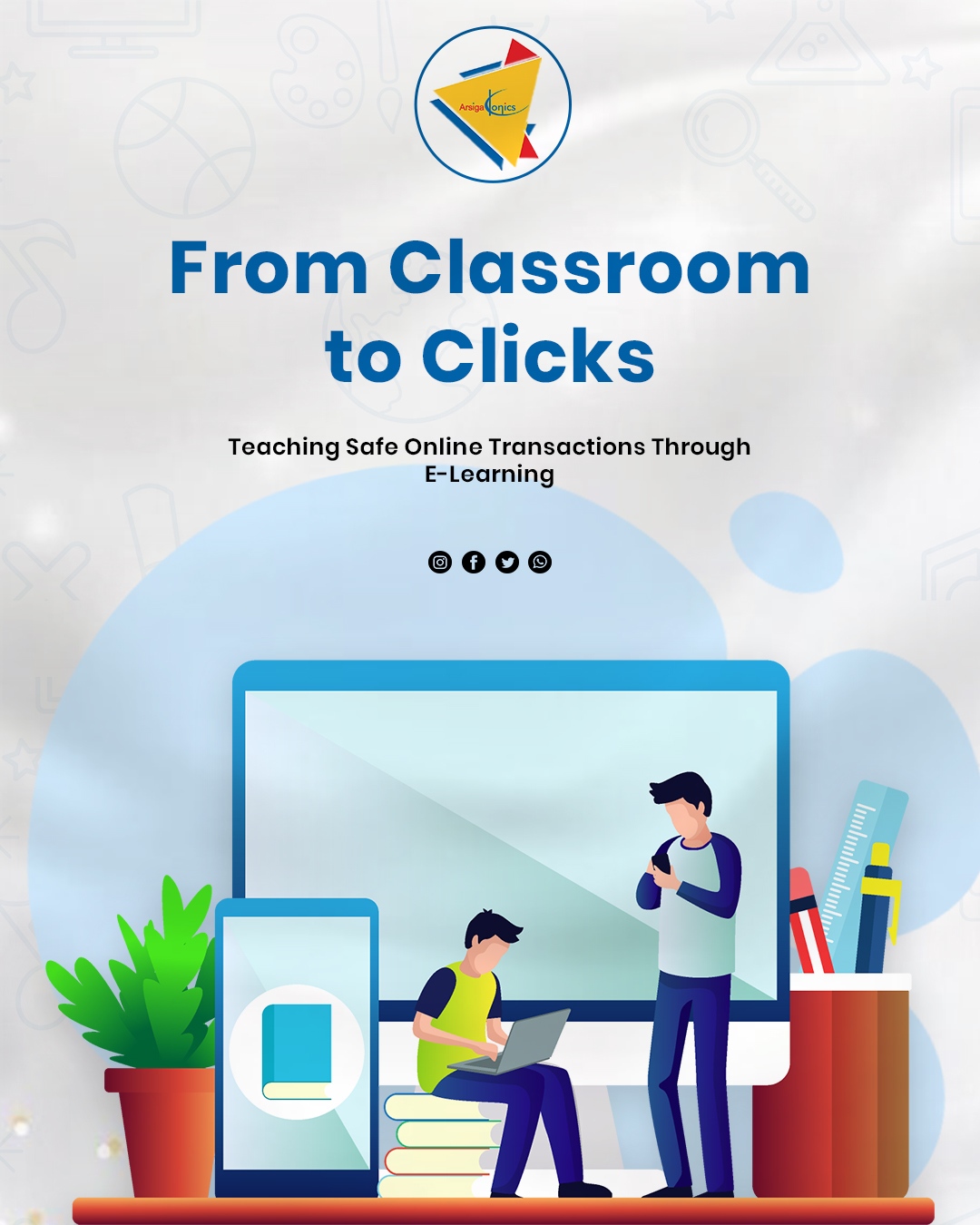
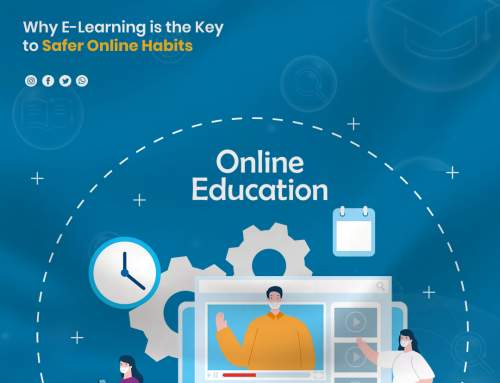
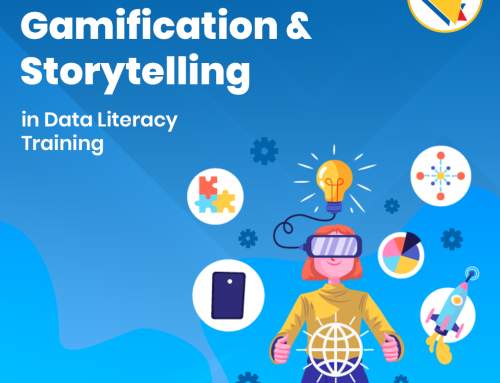

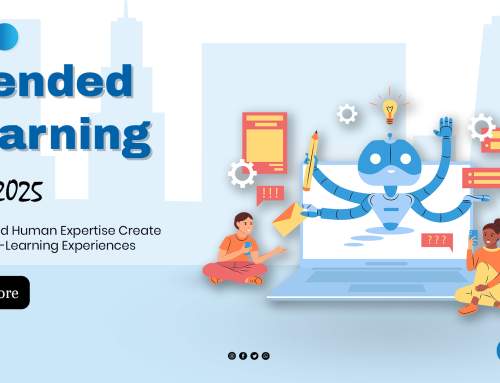

Leave A Comment